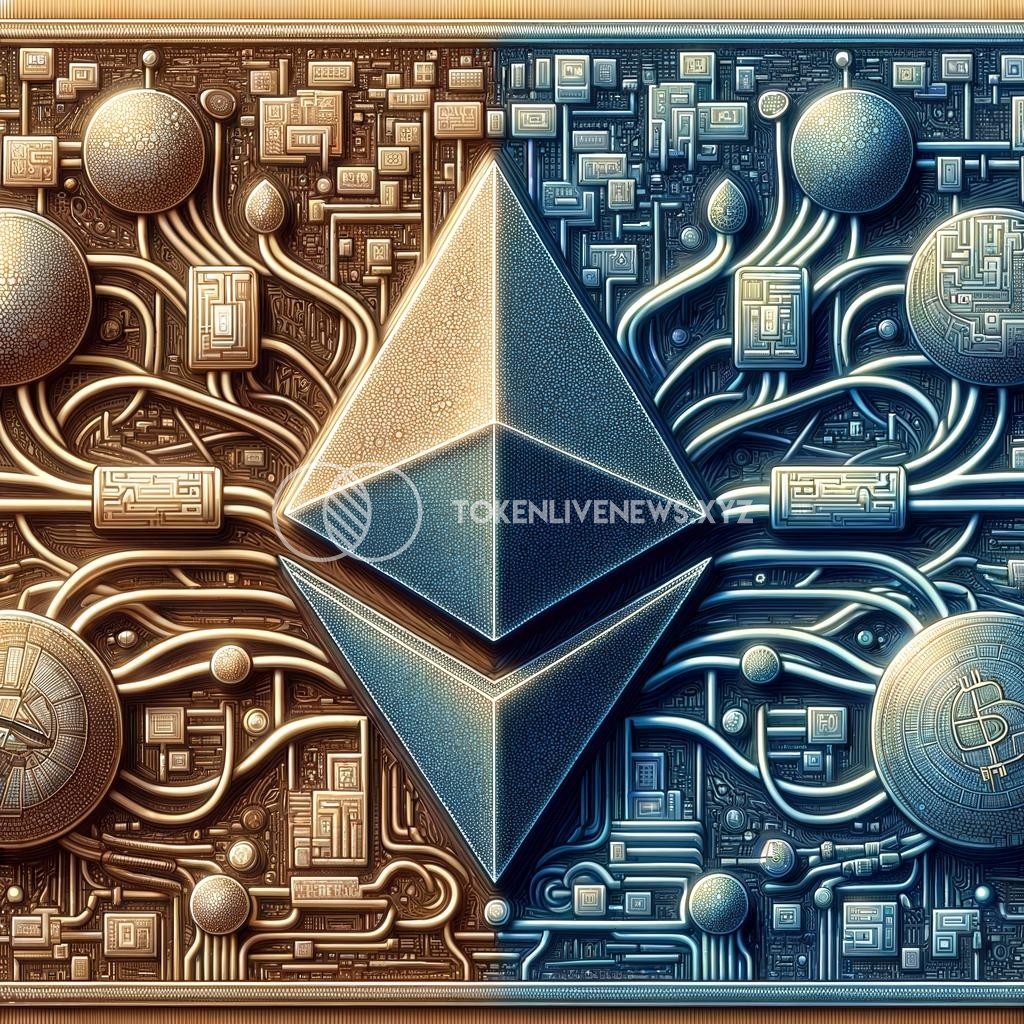Title: Beyond Bitcoin: Unveiling Ethereum‘s Unique Technological Features
Introduction:
In the exciting world of cryptocurrency, Bitcoin has undoubtedly carved its place as the pioneering digital currency. However, it is crucial not to overlook the remarkable advancements and unique features offered by Ethereum – a decentralized platform that goes beyond being just another cryptocurrency. In this article, we will explore Ethereum’s key technological features that have propelled it to become one of the most influential cryptocurrencies after Bitcoin.
- Smart Contracts – Automating Transactions:
At the core of Ethereum lies its revolutionary feature of smart contracts. Unlike Bitcoin, which primarily acts as a digital currency, Ethereum allows developers to write and deploy smart contracts on its blockchain. Smart contracts are essentially self-executing agreements that trigger transactions once predetermined conditions are met. This feature enables automated, transparent, and tamper-proof transactions, eliminating the need for intermediaries. - Decentralized Applications (DApps) – Empowering Developers:
Ethereum expands beyond Bitcoin’s ecosystem by offering a platform for creating decentralized applications, commonly known as DApps. These applications operate on the blockchain and provide enhanced security, immutability, and resistance to censorship. Ethereum’s programmable logic allows developers to build a wide range of decentralized applications, revolutionizing industries such as finance, supply chain, gaming, and more. - Ethereum Virtual Machine (EVM) – The Fuel Behind Decentralization:
Ethereum’s innovative feature, the Ethereum Virtual Machine (EVM), acts as a decentralized runtime environment for executing smart contracts. EVM enables developers to write code in various programming languages, making Ethereum a versatile platform. This cross-compatibility allows for faster adoption by developers, unleashing a vast potential for innovation and the creation of complex decentralized applications. -
Ether (ETH) – Fueling the Ethereum Ecosystem:
Ether, Ethereum’s native cryptocurrency, is not just a digital currency but serves as the fuel that powers the entire Ethereum ecosystem. Besides being used for everyday transactions, Ether is required to execute smart contracts or run decentralized applications on the network. This integral relationship with Ether ensures a stable and robust economy within the Ethereum ecosystem. -
Consensus Mechanism – Transitioning from Proof-of-Work to Proof-of-Stake:
Unlike Bitcoin’s energy-intensive proof-of-work (PoW) consensus mechanism, Ethereum is undergoing a significant shift to a more energy-efficient and scalable consensus mechanism called proof-of-stake (PoS). This transition, known as Ethereum 2.0, intends to enhance the network’s efficiency, reduce transaction fees, and exponentially increase scalability. PoS also promotes decentralized participation, as users can validate transactions by staking their ETH holdings.
Conclusion:
Beyond the shadow of Bitcoin, Ethereum stands tall with its unique technological features that go far beyond being just a cryptocurrency. With its smart contract capabilities, decentralized application support, Ethereum Virtual Machine, native currency Ether, and its transition to a more sustainable consensus mechanism, Ethereum has become a force of transformation in the digital realm. As the crypto landscape continues to evolve, Ethereum’s distinctive features are poised to reshape industries, fuel innovation, and empower developers worldwide.







